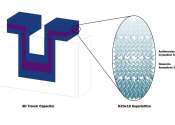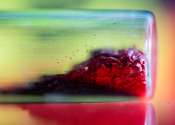Up to 30 percent more capacity for lithium-ion batteries
Researchers of Karlsruhe Institute of Technology (KIT) and cooperating institutions studied structural changes during the synthesis of cathode materials for future high-energy lithium-ion batteries and obtained new major ...
Dec 10, 2019
1
9









